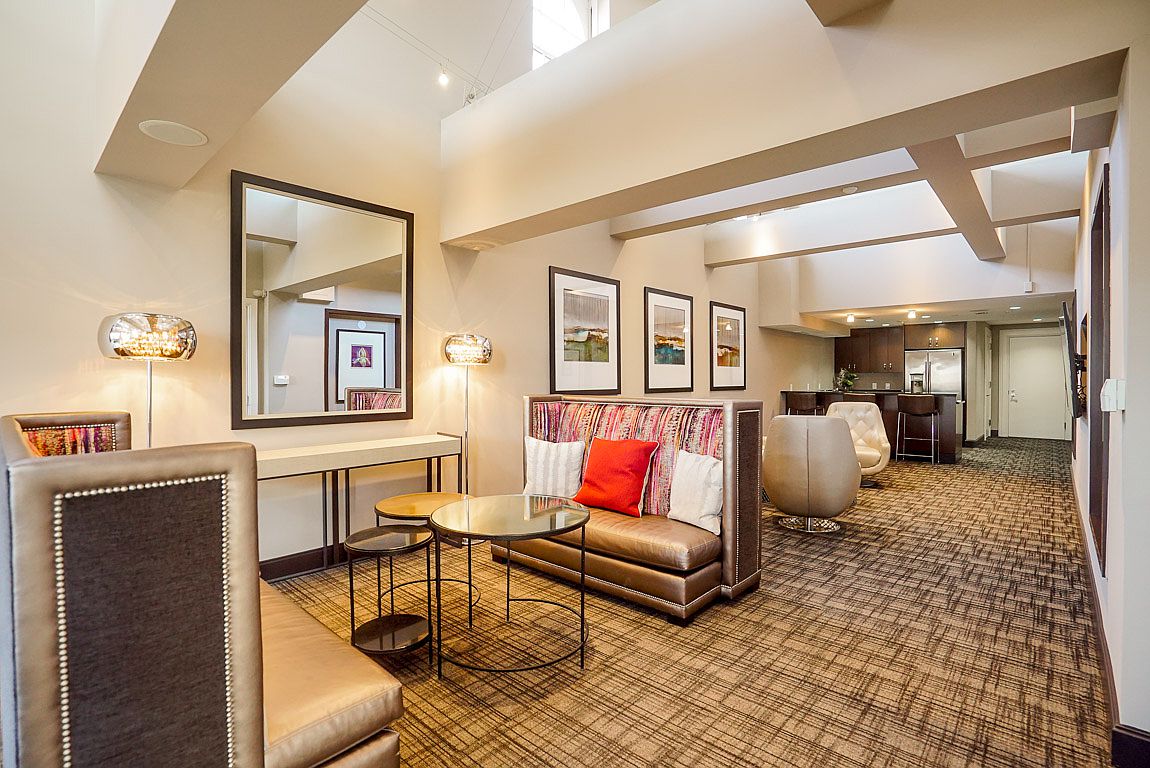
Tim Cisneros' phone rings; It was a real estate agent friend who asked for help with a building that was almost impossible to sell.
It was the Church of the Savior in the East End, a bare reinforced concrete structure in need of big ideas. It had no windows, little parking, and was riddled with break-ins.
Cisneros, principal of Cisneros Design Studio Architects, had previously collaborated with developer Mir Azizi of Caspian Enterprises on a project to convert the former Waddell Furniture warehouse into what are now Sampson Lofts apartments, and quickly realized that the building it had potential. But first he has to get a rabbit out of the hat, dodging the city's demands and structural problems.
It is now known as Sanctuary, an affordable apartment community that opened in March. It was fully booked at the end of April. It is one of four properties on Eastwood's Historic Homes Tour 2022 this weekend.
Then there's Ironworks, a mixed-use development on the former Cameron Iron Works site in Milby, also two houses built in 1935, one on Dumble Street and one on Woodleigh Street. For the tour, the sanctuary will open four units: a choir, a gym, a row house and another unit in the school building.
The current sanctuary began life in 1919 as Eastwood Community Church, intended to be the spiritual heart of Eastwood, a neighborhood developed by William Wilson, who had founded Woodland Heights a decade earlier. To date, Eastwood boasts the most intact collection of crafts, arts and crafts, Foursquare and Mission-style architecture in the city.
The late Tom Tellepsen was a member of the church and his Tellepsen Construction, a still major contractor in Houston today, built a series of three church-owned structures built in 1919, 1930, and 1951.
The church and its members have endured two world wars, the Great Depression, and the Korean and Vietnam wars. In the 1960s and 1970s, social unrest hit the congregation, which was later renamed Church of the Redeemer. They opened a café ministry that attracted college students and adopted an informal music-based worship style on Friday nights, keeping Sunday services more traditional. Young adults were placed in households where people lived as extended families and shared expenses, while conscientious objectors were forced to work in medical clinics.
Its pastor, the Reverend Graham Pulkingham, came to national attention as a pioneer of the church's charismatic movement, taking him on a tour and touring the UK to spread this new vision for the church. However, when he left, the remaining elders were unable to hold the church together and its membership began to decline.
More than a decade ago, with just 70 members and a long list of needed repairs, the Episcopal diocese closed it down and put the property up for sale. In 2017, Cisneros convinced Aziz to buy the church property to build rental housing in Eastwood. It was completed earlier this year, with 45 units ranging from 387 to 1,211 square feet and rents from $1,000 to $1,950.
“A project like this starts with a very adventurous client who has a vision. Dreamers and visionaries tackle projects like this,” said Cisneros. "It's a good example of how old, empty buildings can be converted into housing in the event of a housing shortage."
His problems were apparent from the start. A sanctuary with a sloping floor would have been perfect for a small concert hall, but even after demolishing a dilapidated sanctuary, there would still not be enough space to meet city code requirements for parking.
“A building like this can be many things, a café/concert venue like the Heights, but we have to have 75 percent neighborhood agreement and that can be difficult,” Cisneros said. "It could be a big library for the school next door, a daycare, any number of things, but they're limited by lack of parking or parking efficiency."
One way to counter this was to gain historic status for the structure by acknowledging the church's place in the centennial neighborhood. If they can convince planners and the historical commission, they can reduce parking requirements by 40 percent.
Cisneros said smaller units and lower rents will support changes in social lifestyles now: Renters are likely to be young professionals and college students who don't necessarily have cars, reducing the need for street parking. . They ride a bike, use the subway or use carpooling services.
Navigating city standards, Cisneros designs a variety of apartments in various buildings, from small studios to lofts and townhomes.
He said he learned a lot from the Sampson Lofts project, which provided insight into the needs of smaller apartments. Since Covid, he said, people are willing to live in smaller spaces to avoid not having roommates and being alone.
Since its inauguration, many people have stopped to take a look at the sanctuary, curious to see what their old church looks like now. Some of the church's artifacts have been appreciated elsewhere, as Aziz donated religious artwork, including his prized "Christ the Worker" mural by artist John William Orth, and other artwork for use in churches.
